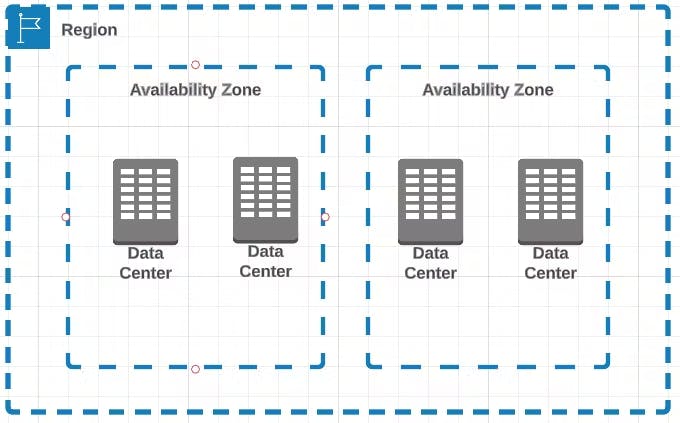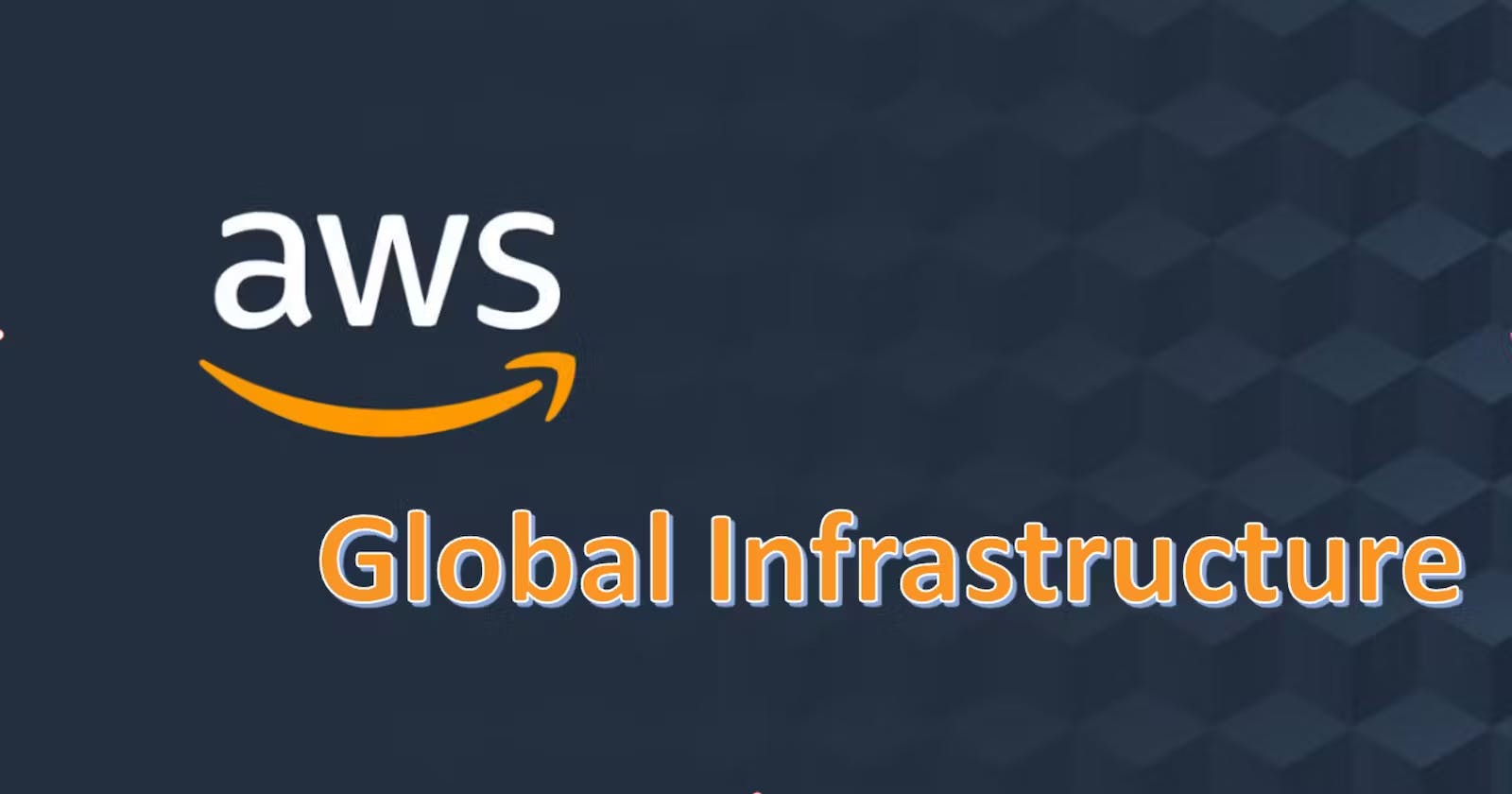👋 Hi Everyone,
This article will focus on the most important concepts related to AWS Global Infrastructure. Maybe it will ask you in an interview.
🔶 AWS Cloud Infrastructure:
AWS is expanding global Infrastructure to help customers achieve lower latency and higher throughput.
It is built around AWS Regions and Availability Zones.
Geographical Regions- 32 Launched Regions
Availability Zones- 102 Availability Zones
🔗Please check Current regions and Availability Zones (AZs)
🔶 Regions:

AWS Regions are large and widely dispersed into separate geographic locations.
An AWS Region is a physical location where we have multiple Availability Zones(AZ).
Every region is physically isolated from each other.
Every region is connected via a high bandwidth, fully redundant network.
Inside each region, you will find two or more availability zones with each zone hosted in separate data centers from another zone.
Each region has at least 2 AZs
Not all services are available in all regions.
New services almost always become available in the us-east first.
🔶 Availability Zones:
Availability Zones consist of one or more discrete data centers, each with redundant power, networking, and connectivity, and housed in separate facilities. i.e. An Availability Zone is composed of one or more Data Centers.
You can create Public Subnets or Private Subnets within an Availability Zone.
AZs are physically separated by a meaningful distance from other AZs in the same AWS Region, although they all are within 60 miles (100 kilometers) of each other. This generally produces single-digit millisecond roundtrip latency between AZs in the same Region.
🔶 Edge Location(EL):
Edge Location is the Data Center used to deliver content fast to your end users.
Also known as points of presence (POPs)
The AWS Edge Locations uses a service called CloudFront.
CloudFront is used to cache copies of your content for faster delivery to users at any location.
🔶 Local Zones:
Local Zones provide you the ability to place resources, such as compute and storage, databases, and other select services closer to large populations, industries, and IT centers, enabling you to deliver applications that require single-digit millisecond latency to end-users. in multiple locations closer to your end users.
How do you use the local zone?
To get started with AWS Local Zones, you must first enable a Local Zone through the Amazon EC2 console or the AWS CLI. Next, create a subnet in a VPC in the parent Region, specifying the Local Zone when you create it. Finally, create AWS resources in the Local Zone subnet.
🚀 Read more about Local Zones
🎉 Congratulations👍 💯
In this article, covered important key concepts related to the AWS Global Infrastructure, Regions, Availability Zones, Edge Locations, and Local Zones.
If you enjoyed this article please like it and share it with your friends and colleagues!
Thank you for reading🤓
